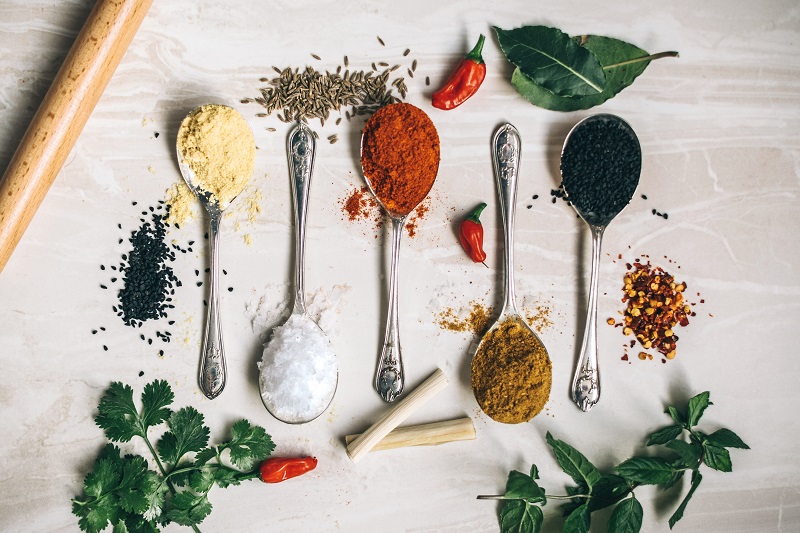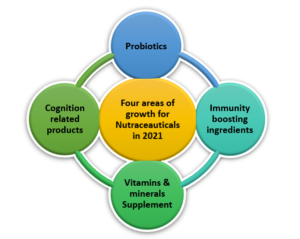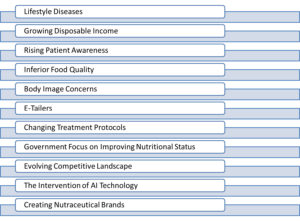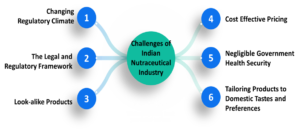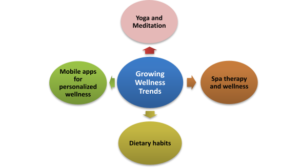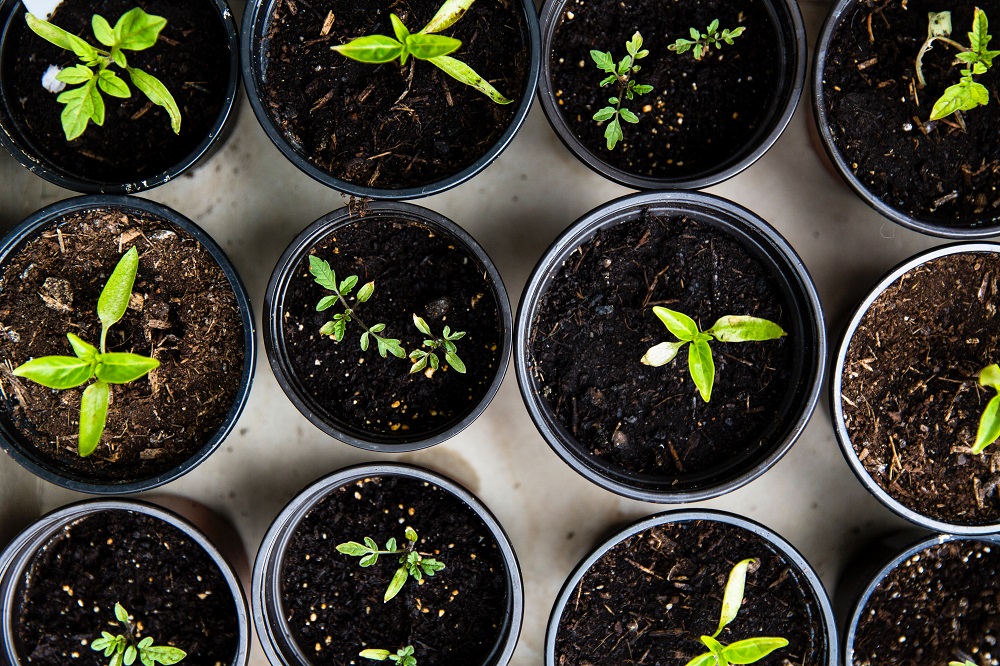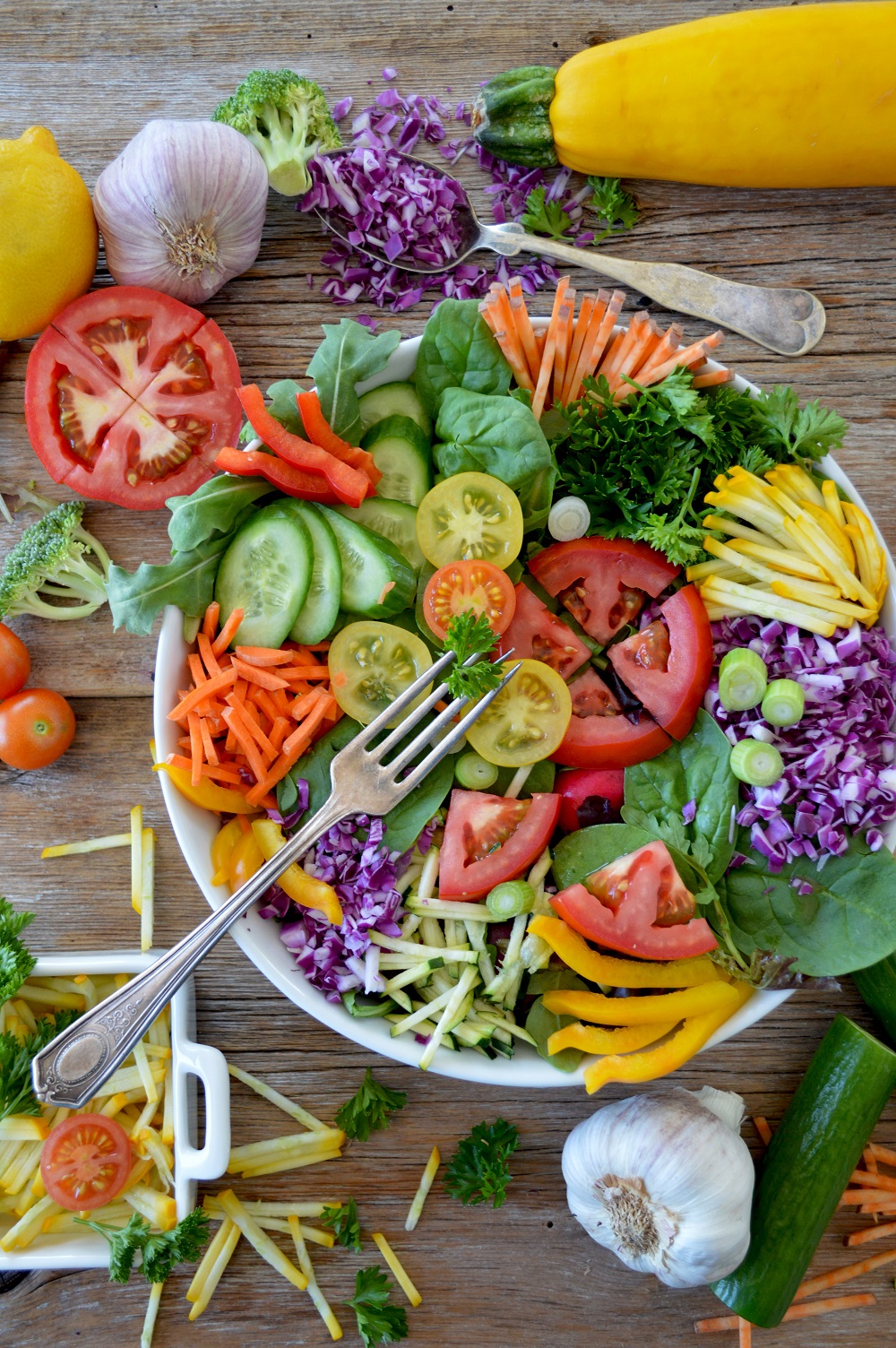“Communities and countries and ultimately the world are only as strong as the health of their women.” – Michelle Obama
I think, this single sentence is enough to portray woman’s stance as a family member and as a citizen of any country she is living in. There would not be deeper explanation of how important her health is. Women are keys in maintaining healthy families, access the health system more than men, both for themselves and on behalf of their children. Many become pregnant and give birth, then typically become their child’s primary caregiver, a role that greatly influences household health overall. No doubt, during all this, they undergo significant health events, they surely require Extra-pro-nutrients to fulfil their body demands. Every point in women’s lifespan asks for different nutrition and attitude toward it. No matter what her age is, it’s important to be aware of how one’s needs evolve.
With evolving world, woman is also evolving. While running behind kids and family, she is also fulfilling her financial and social responsibilities very efficiently. In the race of highlighting her identity, for ages, modern woman is facing many health issues which is the greatest concern for her as well as for the society.
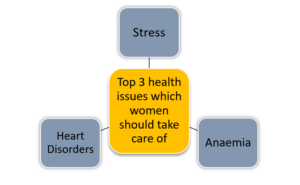
Source: Interlink knowledge cell
Img. 1.1 Top 3 health issues which women should take care of
Stress a major culprit in everyone’s life, women are at the peak of it. Not only physical but also mental stress. With increasing demand of women in various industries, her stress is proportionally increasing. Women are more prone toward heart diseases and diabetes than men, which is the risk factor arising due sleep problems, anxiety, mood disturbances (due to hormonal changes), depression, etc. Being engaged in number of responsibilities, many women struggle with eating a healthy diet, getting plenty of sleep, exercising regularly, talking to friends or a mental health professional, and engaging in relaxation techniques and meditation. Due to this reason, it’s important to get accompanied with some nutrients while living in this competitive world.
Ashwagandha, widely known as Indian ginseng, which has been used in Ayurvedic medicines for centuries. If women take some powdered Ashwagandha accompanied with milk, it can help her with fighting both physical and mental stress. Same as Ashwagandha, Rhodiola is an adoptogenic herb, also known as Golden Root, is used for energy enhancement, to improve mood, and most critically, to reduce stress.
Along with all the above nutrients, women can focus on intaking a good amount of Vit. B complex rich food, magnesium supplements, and valerian root powder. All these are proven to help fighting with stressors and improve quality of life.
Heart disorder is one of the major concerns and women are most susceptible to it. Increased blood cholesterol, diabetes, and hypertension are the underlying disorders arise with it. Thyroid is also one of the major reasons stimulating heart disorders in women. To fight with this, women should have EPA, DHA and flavonoids rich foods, which are great antioxidants. A higher intake of folate, polyphenols rich diet, ascorbate, tocopherol, minerals (selenium, magnesium) which are capable of scavenging free radicals and reducing bad cholesterol, can improve overall cardiovascular health.
Anaemia and women make an unbreakable bond if proper nutrients are not supplied. Menstruating and loosing plenty amount of iron every month, women are majorly vulnerable to iron deficiency anaemia. Adolescent girls, women at childbearing age and pregnant women are always at the high risk. Having a diet containing a good amount of iron along with a source of Vit. C which increases absorption of iron can help preventing anaemia at all the stages of women’s life. Beans, lenticles, dark green leafy vegetables such as spinach, fortified breakfast cereals, baked potatoes, chicken, etc are some of the easily available natural sources of iron which can maintain levels of iron balanced in women’s body.
Nutrition for girls in childhood and early teenage
Calcium in early teenage: It’s true that calcium is the nutrient which is important for women in all ages, but it’s still more important for girls during adolescence and early adulthood as this is the age when their bones absorb maximum amount of calcium. RDA for girls in age of 9 to 18 is 1300 mg a day which can be fulfilled by having low-fat dairy products such as Milk, yogurt, cheese and vegetables like broccoli, kale, cabbage, etc. Consuming adequate amounts of calcium along with vitamin D can encourage healthy bone growth and reduce the risk of osteoporosis and fractures later in life.
Nutrition for women in 20-30s and pregnancy
20-30s is the whole roller-coaster in any woman’s life where major changes are happening including the most important i.e., Pregnancy. Having a life (or lives) in their bellies and making a whole human out of it is not an easy task to handle. Lots of hormonal changes, mood swings and variety of body changes happen during this phase, no doubt her body and mind will demand for more and advanced nutrition. Even if she is not pregnant, 20-30s is the phase which requires proper attention in terms of nutrition to avoid future health problems
Folate & other essential vitamins: A very important nutrient which is must in these years as it is responsible for DNA replication and it helps reduce the risk of neural tube defects in the foetus. Most doctors recommend women take a supplement containing folic acid or folate before trying to get pregnant to help reduce the risk of these complications. spina bifida and anencephaly in foetus are some neuronal defects associated with folate deficiency. Many of our foods, particularly cereals, are fortified with folic & leafy vegetables are best source of folate. RDA of folate during pregnancy is 600 mcg.
Omega 3s and choline: Omega 3s, healthy oils, especially EPA and DHA, have been shown to reduce the risk of heart disease, the number one killer of women. They help building healthy brain and nerve cells and also can help prevent preterm births. They are also highly anti-inflammatory and are found in foods like fish, walnuts, and flaxseeds. Taking omega-3s regularly can improve symptoms of depression and anxiety and can even make skin look better by reducing acne and wrinkles. The recommended total amount of omega-3s per day for women is 1.1 grams per day which can be fulfilled by diet and recommended supplements. Increased risk of neural tube defects in foetus is one of the major consequences of low choline uptake by pregnant women. It’s easy to get enough choline from our diet as eggs, milk, peanuts are excellent source of Choline.
Nutrition for women in their 40s and beyond:
Managing decreasing hormone levels as well as maintaining bone health, heart diseases and autoimmune diseases are some of the biggest concerns for women at this phase.
After menopause, estrogen production declines and bone breakdown accelerates, increasing the risk of developing osteoporosis. Women between the ages of 40 and 70 need 1200 mg of calcium and 600 IU of Vitamin D a day. Because the skin becomes less efficient at converting sunlight to vitamin D as we age, low levels of vitamin D have been linked to multiple diseases from breast cancer to diabetes and high blood pressure. Vitamin D is also critically important for helping maintain bone health.
Curcumin, an active component of turmeric, known to have many anti-inflammatory benefits. Women at this stage require supplements to support brain and joint health, curcumin can help with it. Alzheimer’s disease, one of the biggest enemies at this age can be prevented with this magical phytochemical. Curcumin is especially powerful for menopause because it is a phytoestrogen, meaning it can act as an estrogen in the body. This can help alleviate common menopause symptoms, such as hot flashes, mood swings, and sleep disorders, by slowing the decrease in estrogen. RDA of curcumin in this age is 1.4mg per pound of body weight.
women’s control over resources and their ability to make decisions, is crucial. Combining nutrition-specific interventions with measures for empowerment of women is essential. Improvement in health services of women, prevention of early age marriage and conception, completion of secondary education, enhancement in purchasing power of women, reduction of work drudgery and elimination of domestic violence deserve special attention. A range of programme platforms dealing with health, education and empowerment of women could be strategically used for effectively reaching out women’s health and helping them to build a better and healthier society.


